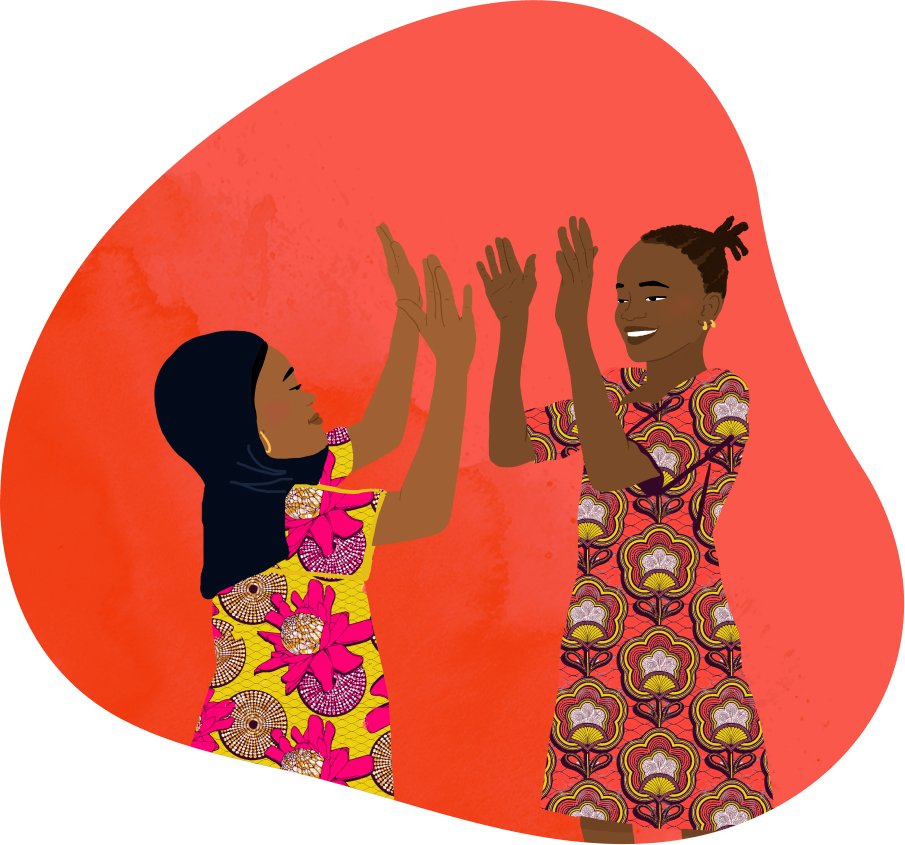Building a Healthier Learning Environment
We first developed the Good School Toolkit in 2008 to address a critical question: How could educators and students work together to envision a healthy, vibrant and positive school environment that is free of violence?
The central idea embedded in this intervention was that we must address the entire system that perpetuates violence against children to achieve sustainable outcomes. The Toolkit’s whole-school approach—involving the entire school community, including parents—worked: Evaluations of the Toolkit have found it highly impactful and cost-effective. As of late 2021, the Toolkit had been used in more than 1,000 primary schools.
Over time, we’ve revised and refined the Toolkit as we have learned more about what works (and what doesn’t). Informed by this practice-based learning and by research, we adapted the Toolkit for secondary schools, and implementation is currently underway in 100 schools in Uganda. We’re also planning to launch another adaptation of the Toolkit: Good School Toolkit Agile, a streamlined version intended for effective scale-up throughout Uganda.
Supporting Those Doing the Work
Our experience has been that new ideas alone are not enough. Activists, practitioners and others working to prevent violence against children need opportunities to strengthen capacity, and they need accompaniment.
To strengthen capacity, we created the Community Activism Toolkit, a step-by-step guide to help organizations conceptualize and implement their work of preventing violence against children. We’ve also established the Violence Prevention Learning Center, where we share ideas and resources with colleagues working to prevent violence against children and build skills by hosting on- and off-site learning processes.
We accompany collaborators though a diverse range of partnerships. For example:
- We support Violence Against Children Prevention Centers throughout Uganda in preventing violence through technical assistance to schools and local activism.
- We’ve established a pool of 40 regional resource persons, who are trained to support schools in their community to prevent violence against children.
- We coordinate a Peer Learning Network to support teachers and students addressing violence against children at their schools, and we use a comprehensive mobile app to easily monitor and share this work.
Broadening Our Work & Taking It to Scale
Our methodologies aim to be guidelines rather than a prescription. To that end, we provide input and assistance to organizations interested in adapting them. We also periodically update or release new versions of our materials to incorporate our practice-based learning or to take our methodologies to scale. Partners such as the London School of Hygiene and Tropical Medicine (LSHTM), IDinsight, Makerere University, and the University of Alabama help us test the feasibility of adaptations and refine the final product.
One example is the Good School Toolkit for Secondary Schools. Based on our learning alongside schools, we realized that the secondary school environment required deeper discussions on identity, sexuality, sexual health, mental health and peer violence. So, we worked with four schools to develop those additions and tested them in selected schools. These supplements will also undergo a more rigorous feasibility trial in 2022 in collaboration with LSHTM.
Additionally, we have received numerous requests for an abridged version of the Toolkit: one that embodies both process and key ideas but also serves as a primer to initiate violence against children prevention at school. In collaboration with IDinsight, we undertook a rigorous process of identifying key components for this abridged approach. We will formally launch Good School Toolkit Agile in 2022. In partnership with the Uganda Ministry of Education and Sports, we’ve already disseminated the first iteration to 5,000 schools nationwide.
We have also developed a stand-alone module for addressing students’ mental health, which we are piloting in 2022, and are actively working with partners to adapt the Toolkit for refugee settlements and within environments distinctly different from East Africa.
